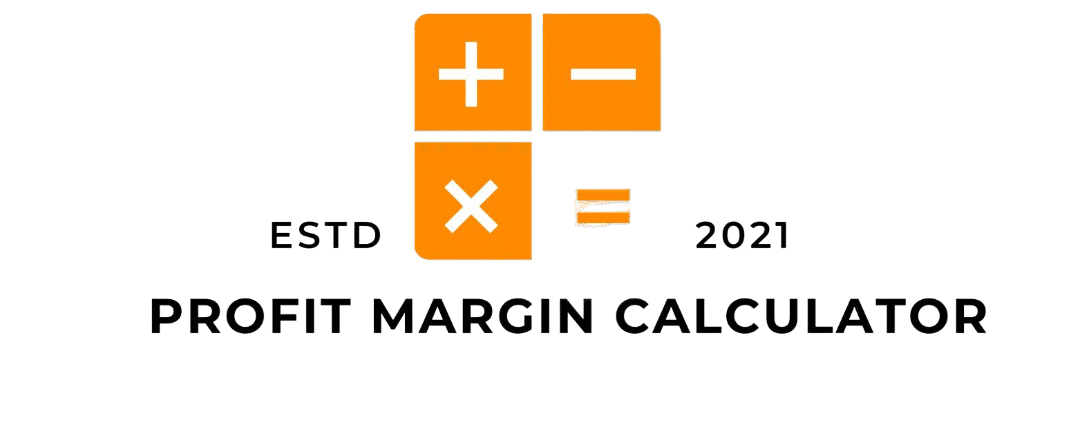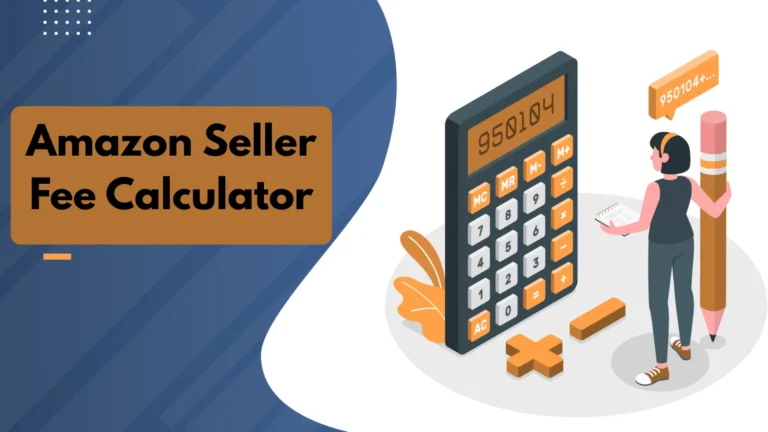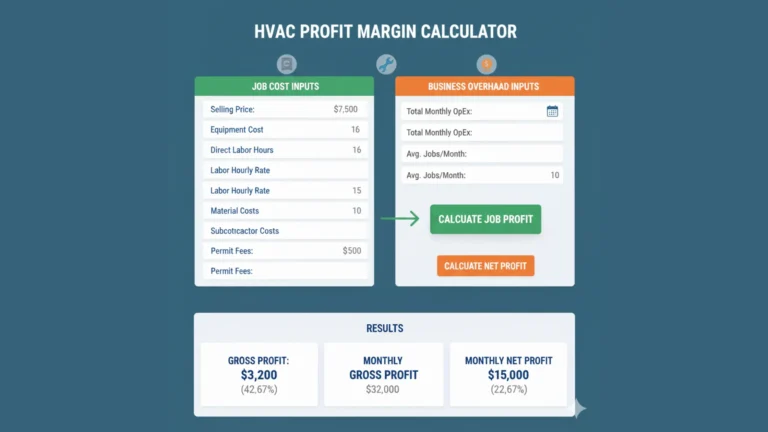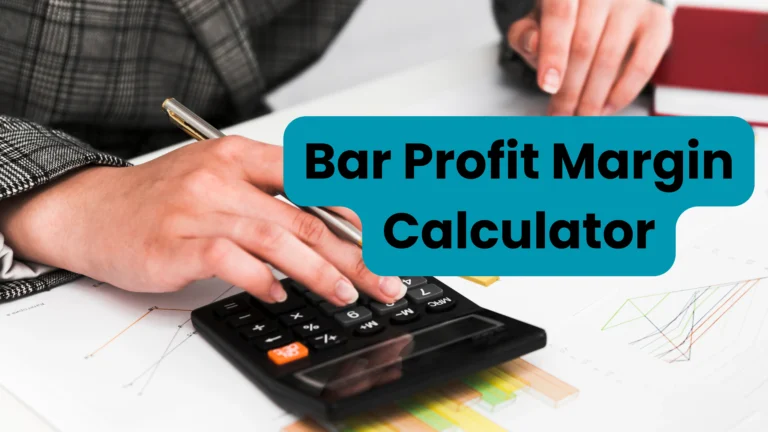Introduction to Profit Margin
Understanding your profit margin is crucial for any business owner or entrepreneur. Whether you’re selling on Amazon, eBay, Walmart, or your own Shopify store, knowing how much money you make after expenses can shape your strategies and drive success. However, calculating this important figure can often feel daunting.
Enter the magic of a profit margin calculator! This handy tool takes the guesswork out of determining profitability. With just a few inputs about costs and sales prices, you can quickly see where your margins stand. But why stop there? Knowing how to leverage such calculators effectively could transform your approach to pricing and inventory management.
So let’s dive deeper into what profit margin means, why it matters, and how to harness this powerful metric with online tools specifically designed for platforms like Ecom stores and various marketplaces. Get ready to unlock insights that will elevate your business game!
Importance of Calculating Profit Margin
Calculating profit margin is crucial for any business, regardless of size. It serves as a clear indicator of financial health and operational efficiency.
Understanding your profit margin allows you to analyze how well you’re turning sales into profits. A healthy margin suggests that you are managing costs effectively while pricing your products competitively.
In the competitive landscape of e-commerce, knowing your profit margins can be the difference between success and failure. Whether you’re using an Amazon profit margin calculator or a Shopify profit margin calculator, insights gained from these tools empower better decision-making.
Additionally, tracking this metric over time helps identify trends in profitability. Monitoring shifts in your margins can signal changes in market conditions or customer preferences that require immediate attention.
Accurate calculations help set realistic goals and benchmarks for growth—essential elements for long-term sustainability in any industry.
Factors Affecting Profit Margin
Profit margins can fluctuate based on various factors, which makes understanding them crucial for business success.
First, your pricing strategy plays a critical role. Setting prices too low can erode profits, while excessively high prices might drive customers away.
Next, operational costs cannot be ignored. Expenses like labor, materials, and overhead all directly impact profitability.
Market competition also influences profit margins significantly. In a saturated market, businesses may need to lower prices to remain competitive.
Additionally, customer demand affects how much you can charge for products or services. Higher demand often allows for better pricing power.
Economic conditions such as inflation rates and consumer spending habits will alter margin expectations over time. Staying aware of these elements helps maintain healthy profit levels in any business model.
Formula for Calculating Profit Margin
Calculating profit margin is straightforward once you know the formula. The basic equation involves dividing your net profit by your total revenue.
To find your net profit, subtract all expenses from your total sales. This includes costs like materials, labor, and overheads.
Once you have that figure, take the net profit amount and divide it by total revenue. Multiply the result by 100 to convert it into a percentage.
This final number represents your profit margin—how much of each dollar earned translates into actual profit. Understanding this percentage helps businesses assess their financial health and make informed decisions about pricing strategies or cost management.
With tools available online like an Ecom or Amazon profit margin calculator, these calculations can become even more intuitive for entrepreneurs at any level.
Benefits of Using a Profit Margin Calculator
Using a profit margin calculator can streamline your financial analysis. It simplifies complex calculations, allowing you to focus on strategy instead of math.
These tools provide instant results. You input your costs and revenues, and voilà—your profit margin appears in seconds. This speed enhances decision-making.
Accuracy is another key benefit. Manual calculations often lead to errors, especially as numbers grow larger or more complicated. A reliable calculator minimizes these mistakes.
For e-commerce sellers, specialized calculators like the Amazon profit margin calculator or Shopify profit margin calculator are invaluable. They cater to specific platforms’ needs while factoring in various fees and expenses unique to each marketplace.
Tracking margins consistently helps identify trends over time. A well-maintained record can reveal opportunities for pricing adjustments or cost savings that might otherwise go unnoticed.
Using a profit margin calculator empowers businesses with clarity and confidence in their financial health.
Top Online Profit Margin Calculators
When it comes to managing your profits, leveraging a reliable profit margin calculator is essential. Several online tools can assist you in this endeavor.
One popular option is the Ecom Profit Margin Calculator. Tailored for e-commerce businesses, it provides quick insights and allows users to input various costs associated with products.
For Amazon sellers, an Amazon Profit Margin Calculator simplifies tracking expenses and revenues specific to that platform. It ensures you’re aware of all fees involved in selling on Amazon.
If you’re focused on eBay sales, the eBay Profit Margin Calculator helps analyze your pricing strategy effectively while considering shipping and listing costs.
Walmart sellers can benefit from a Walmart Profit Margin Calculator that caters directly to their unique business model.
Shopify merchants also have access to a Shopify Profit Margin Calculator designed specifically for their needs, ensuring they stay ahead of competition with accurate financial data at hand.
Tips for Improving Your Profit Margin
To boost your profit margin, start by analyzing your costs. Identify areas where you can reduce expenses without sacrificing quality. Streamlining operations often leads to significant savings.
Next, consider adjusting your pricing strategy. A small increase in price can have a big impact on margins if the market supports it.
Enhancing product offerings is another effective tactic. Upselling and cross-selling can encourage customers to buy more, increasing overall profits while maintaining customer satisfaction.
Invest in marketing efforts that target high-value customers. Understanding your audience helps tailor promotions and offerings that resonate with them.
Regularly review financial metrics using tools like an Ecom profit margin calculator or Amazon profit margin calculator. Staying informed about performance allows for timely adjustments to strategies that drive profitability higher.
Conclusion
Understanding your profit margin is crucial for the success of any business. By calculating it accurately, you can make informed decisions that drive profitability. The factors affecting profit margins are diverse and can vary by industry; knowing how to navigate them is essential.
Using a reliable profit margin calculator simplifies this process significantly. Whether you’re selling on Amazon, eBay, Walmart, or Shopify, tailored calculators are available to cater specifically to each platform’s nuances. These tools provide quick insights into your financial standing and help identify areas for improvement.
Improving your profit margin takes time and strategy but pays off in the long run. Regularly assess costs and pricing strategies while utilizing these online calculators as benchmarks for growth.
By prioritizing accurate calculations using a variety of available resources, you set yourself up for sustainable success in your business ventures across different platforms like Ecom and more specialized marketplaces.




